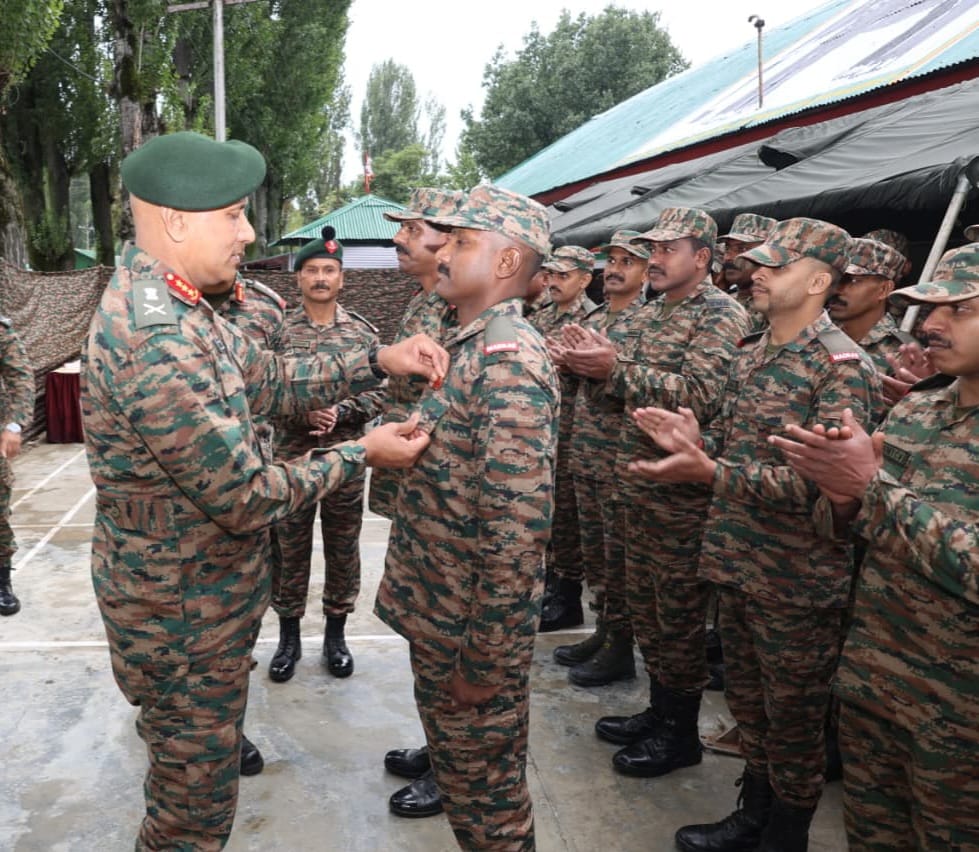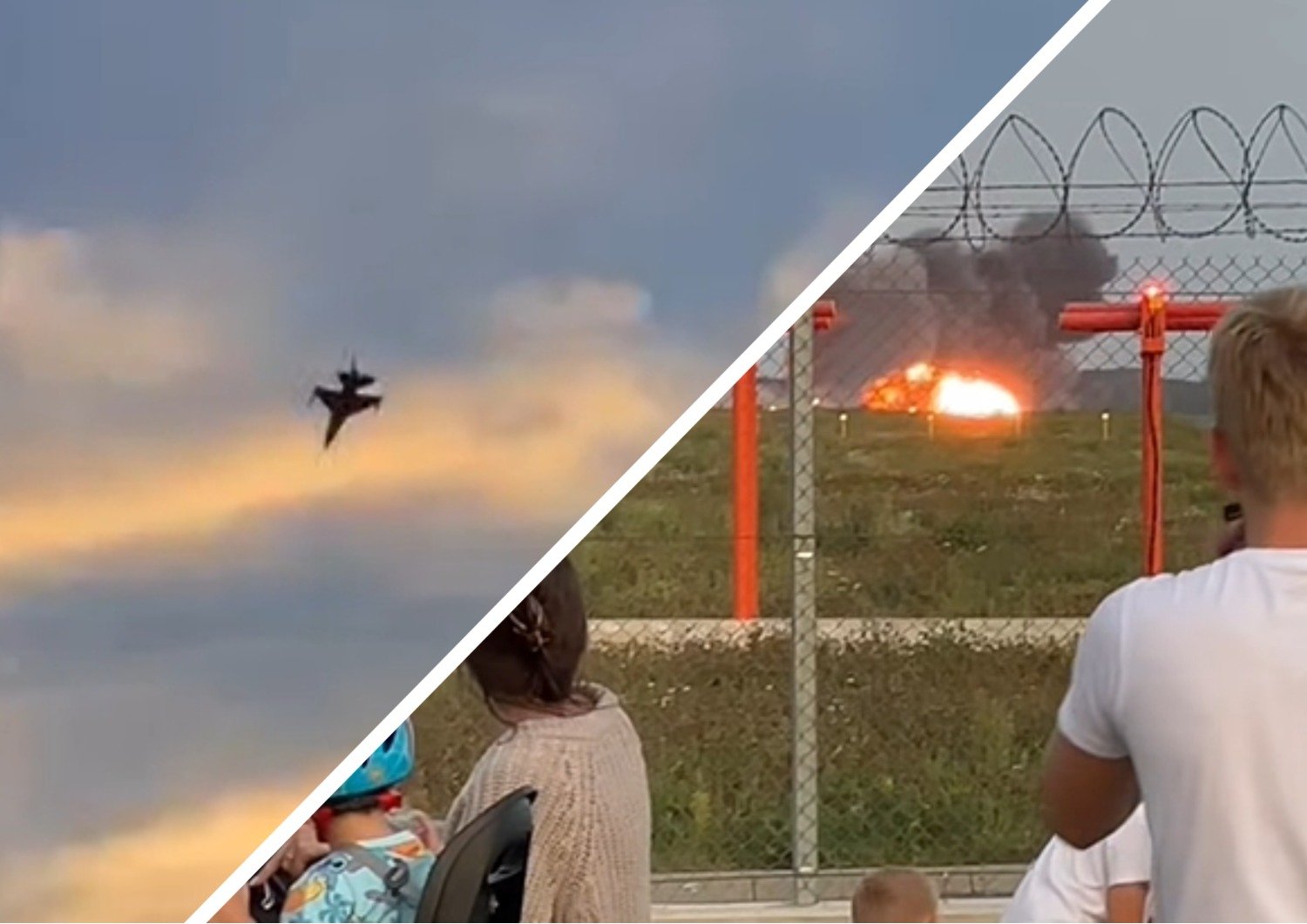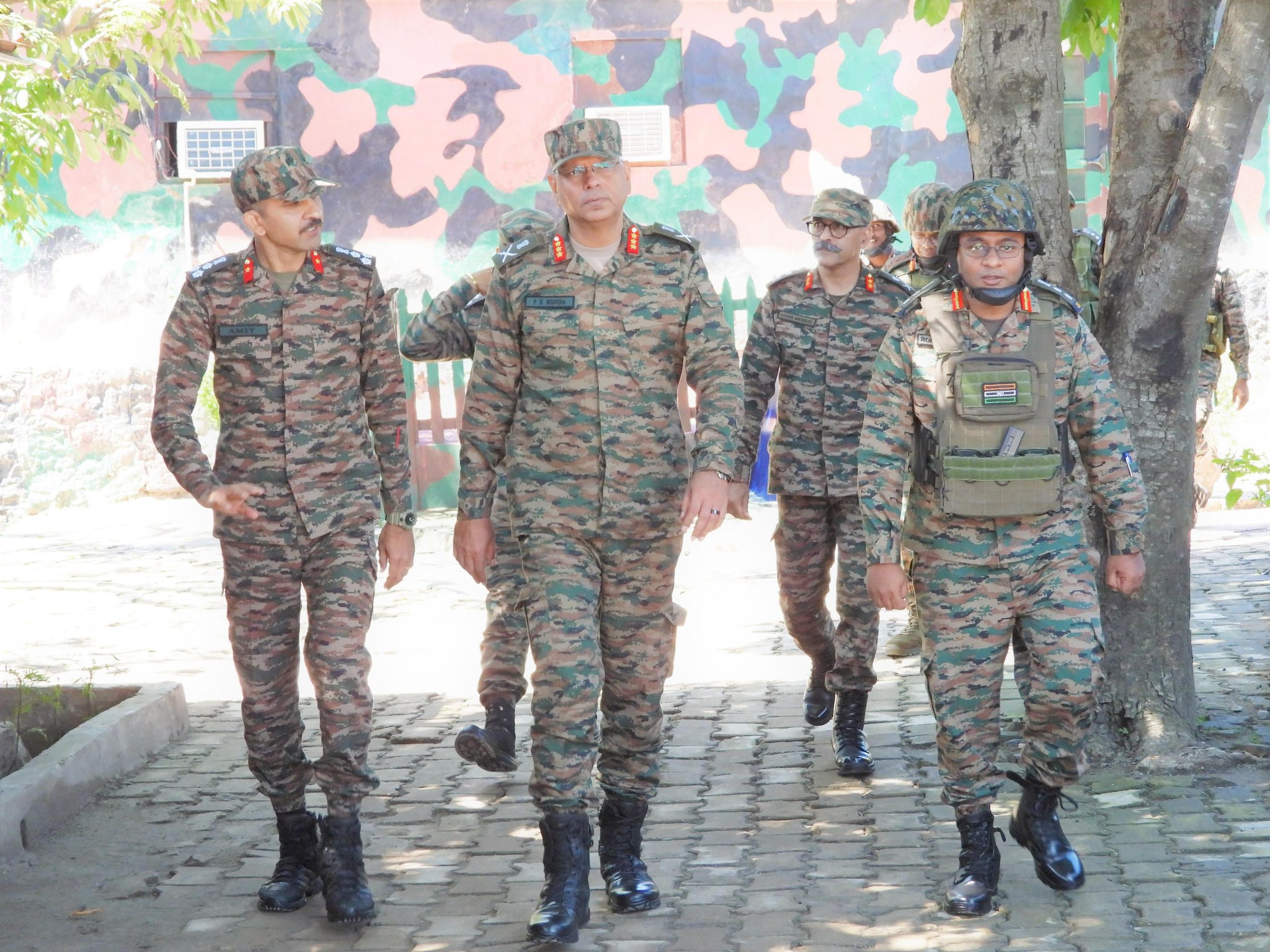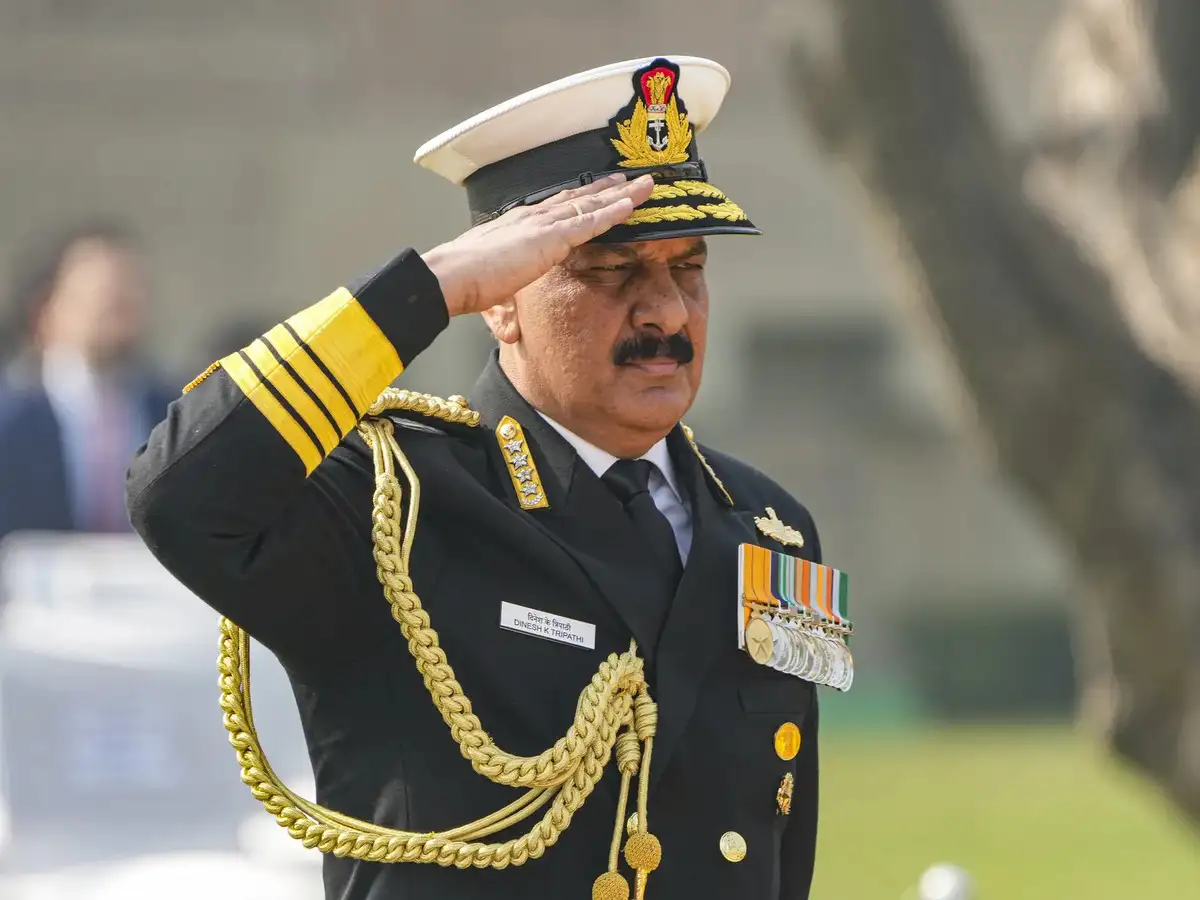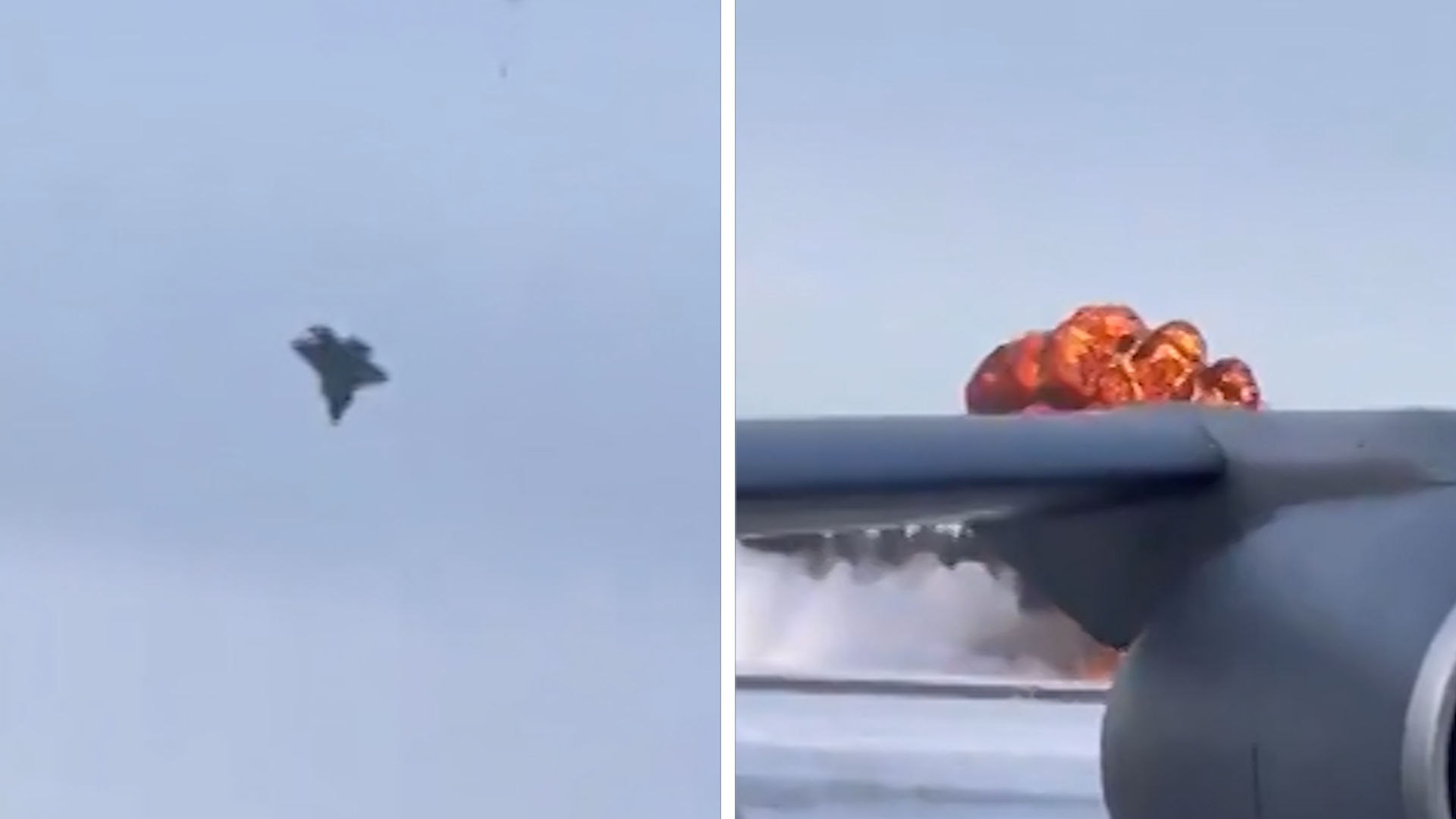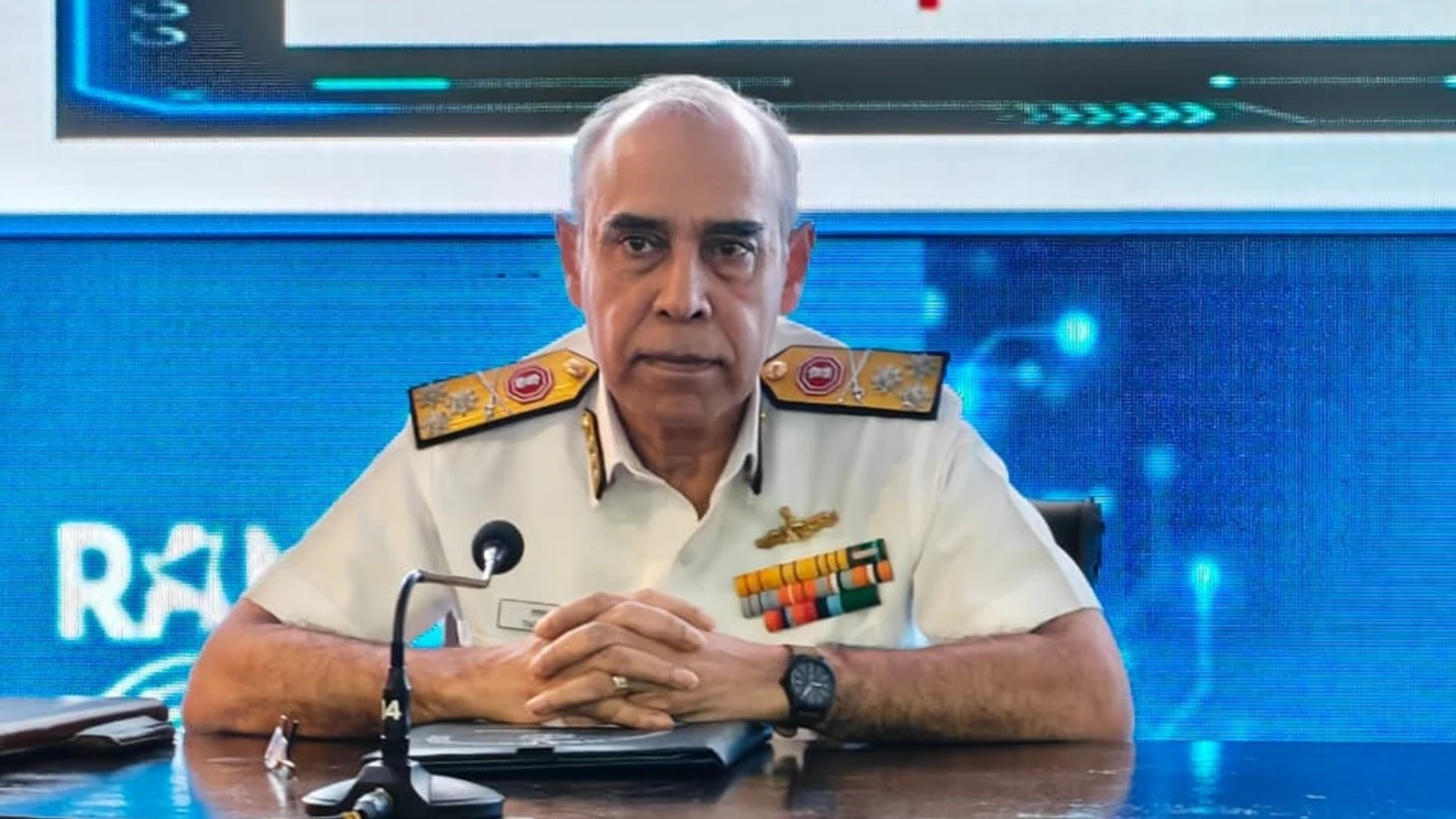Lt Gen Pratik Sharma Reviews Training & Readiness at JAK LI Regimental Centre in Srinagar
In a major review of operational preparedness in Jammu and Kashmir, Lieutenant General Pratik Sharma, Commander-in-Chief of the Northern Command,…
Polish F-16 Fighter Jet Crashes During Radom Airshow Rehearsal, Pilot Killed
Tragedy Strikes Airshow Rehearsal.
Indian Army Enhances Operational Readiness in Krishna Ghati Sector
Focus on Security and Operational Preparedness.
Navy Chief Calls Theatre Commands ‘Ultimate Goal,’ Warns of Grey Zone Threats
From jointness to grey zone warfare, Navy Chief outlines challenges and opportunities in India’s path toward theatre commands.
F-35 Crash in Alaska: Pilot Spent Nearly an Hour on Call With Lockheed Engineers Before Ejecting
Ice in hydraulic systems caused landing gear failure despite in-flight troubleshooting.
Post-Op Sindoor, Navy Eyes Longer-Range Strike Capabilities, Counter-Drone Systems: Vice Admiral Sobti
Vice Admiral Sobti highlights evolving maritime strategy at tri-service dialogue in Mhow.

